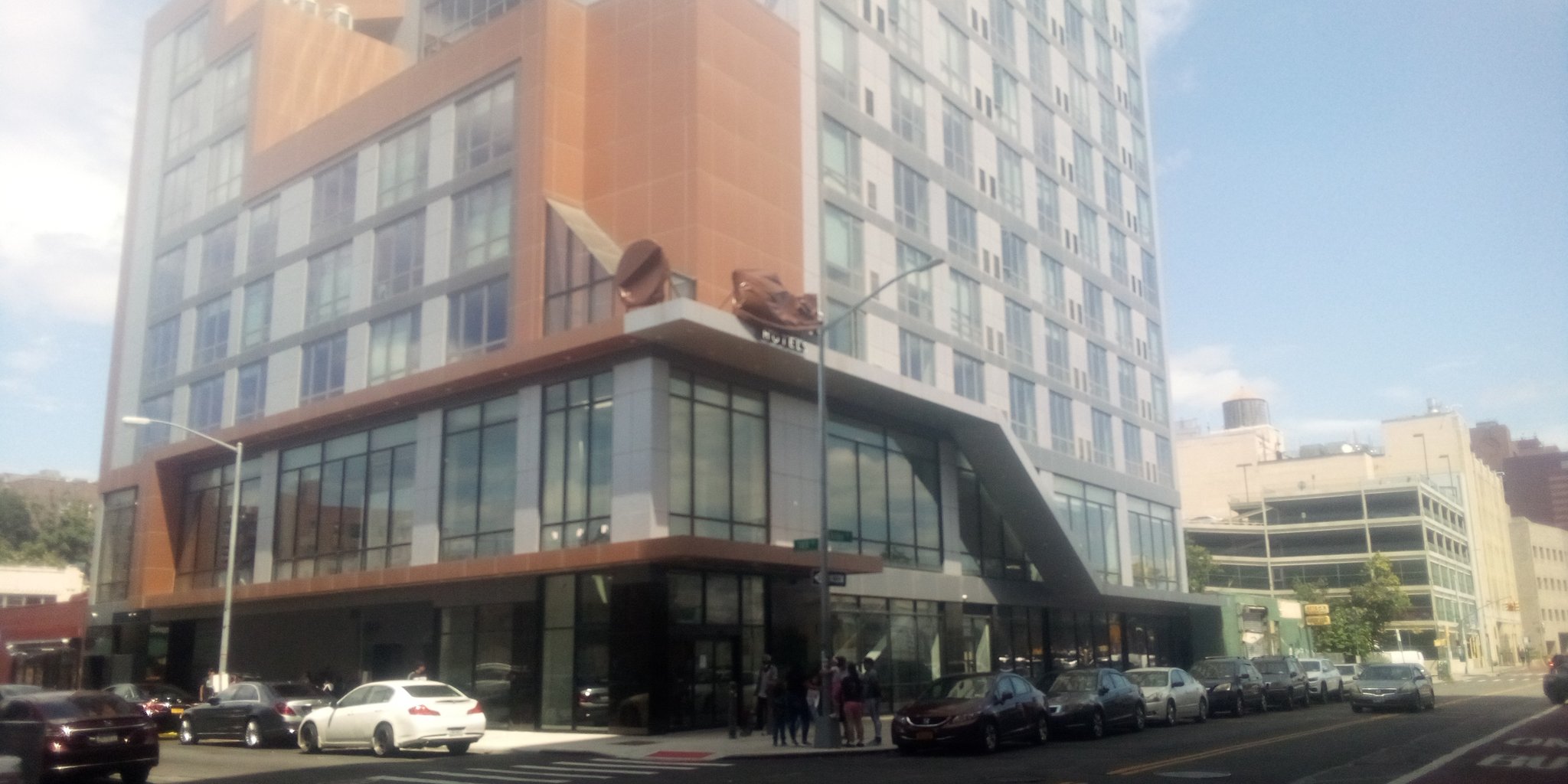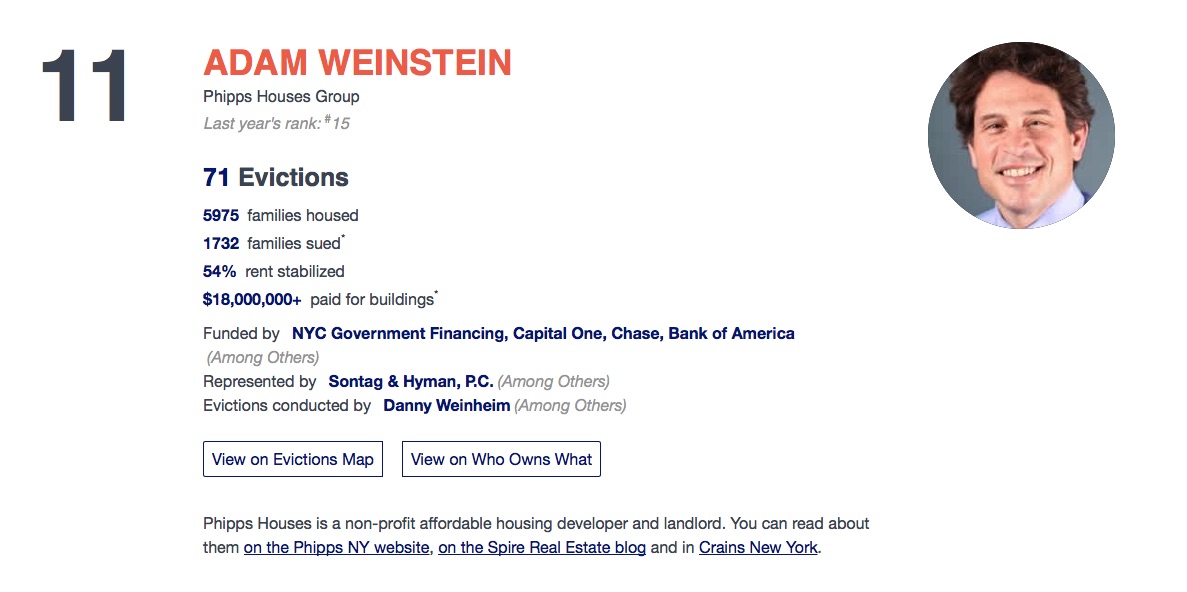The Village Sun
In 1961, Jane Jacobs, author of “The Death and Life of Great American
Cities,” called city planning “a pseudo-science” that had “arisen on a
foundation of nonsense.”
Jacobs argued for an end to gigantic plans that relied on
“catastrophic money” and “centralized processes” and “standardized
solutions.” All that, she argued, just created “dead places” — like
today’s Hudson Yards.
More recently, Sam Stein, in his book “Capital City: Gentrification
and the Real Estate State,” chastised planners for serving the interest
of Big Real Estate rather than the public good.
It is true that for all their talk of serving the public good,
planners do appear to dislike citizens. For one, they are trained to
think of citizens as generic NIMBYs standing in the way of their ideas.
Moreover, as a profession, they tend to overly admire Robert Moses, the
man who imposed his will on New York City in a way that was top-down,
cruel and racist — not to mention plain destructive.
Moses’ defenders always respond, “At least he got something done,”
and argue for more central planning power, skirting the issue of whether
better plans might have been made in another way.
These issues have returned anew with the announcement of a proposed
planning law that City Council Speaker Corey Johnson is promoting. The
law is a very bad one. Citizens should definitely object to it, and stop
this law before the city puts a new Robert Moses into power.
The purpose of the law is, to quote from it: “to prioritize
population growth, where applicable, in areas that have high access to
opportunity and low risk for displacement.”
“High opportunity,” “amenity rich” and “well-resourced” are code
words among planners for overdeveloped neighborhoods in the historic
core of the city — Manhattan south of 125th St., Downtown Brooklyn,
Brownstone Brooklyn around Prospect Park and the East River. (See Vicki Been’s report “Where We Live.”)
These are high-density, overdeveloped, often historic places with
lots of subways, good schools, good parks, good grocery stores and short
commutes to Midtown and the Financial District.
Oddly, these areas are also places where Big Real Estate profits are
highest and where most of the new development since 2010 has already
been built. Why then is the planning law so laser-focussed on driving
growth to the already denser parts of the city, before the planning is
even conducted? Why does a new all-powerful Director get to assign
housing targets based on this high-opportunity theory? The law has
planning exactly backwards.
We are supposed to use planning to figure out and debate where to put
people (a.k.a. “density”) and infrastructure, not to do end runs around
communities and drive new density to predetermined areas of the city!
Here are nine things wrong with the proposed “comprehensive planning” law:
1.) It fails to address the elephant in the room: the revolving door
between Big Real Estate and government, thus undermining the legitimacy
of the process. Big Real Estate has already captured many of the
land-use regulatory agencies of the city; it thus imposes its vision
upon us through its people who run the Department of City Planning, the
Economic Development Corporation and the Board of Standards and Appeals.
See, for example, my op-ed “Fox Guarding the Henhouse at City Planning.”
2.) The proposed law presupposes that the only way to deal with high
housing prices is to obsessively build hyper-dense (and tall) near
transit, which is what we have already been doing, based on a
discredited trickle-down housing-supply theory. It’s a planning approach
arising from a bad theory.
3.) It presupposes that the only way to deal with displacement risk
is to build like crazy when, in fact, displacement risk needs to be
managed in the first instance through legislation. Universal
rent stabilization and the Good Cause Eviction Act would largely solve
most of the displacement problem. Incremental building of more
public-social housing units at the low end of the market would deal with
the rest.
4.) It imposes Soviet-style housing targets on “low risk for
displacement” neighborhoods, without having had binding public policy
discussion about the upper limits or lower bounds of density. What kind
of city do we want and how should we spread the benefits and burdens of
density? The law presupposes that density can be infinite.
5.) The legislation presumes the scientific legitimacy of a dubious
“index of displacement risk” that gets coded into law. This is just not
credible. Such indices are built on a host of assumptions and not valid.
Displacement risk is a political phenomenon as much as a market one.
6.) Also, the planning law ignores key questions for public debate.
For example, when are we too dense to have a livable city? When are we
not dense enough? How should density be distributed? Should it be
distributed more evenly, like peanut butter on a slice of bread, or all
piled up in the historic core? And who should decide these questions,
the Director or the citizens of the city? All this is simply ignored,
even though these questions are the very heart of planning!
7.) At no point can neighborhoods, residents, taxpayers and citizens
vote on any plans at any time. There is no voting, no referenda, no
democracy. In other words, the proposed law is profoundly
anti-democratic.
8.) Under the proposed law, the housing targets for each neighborhood
rely on a bad theory that Big Real Estate loves: New population growth
should be targeted to existing “high-opportunity” areas. That’s an
invitation for selective overdevelopment, leaving the historic parts of
our city vulnerable to more demolition while ignoring the investment
needs of currently “low opportunity” neighborhoods.
There is also this troubling fact: Residents of low-amenity
neighborhoods have clearly said they don’t want to move. (See the city
report “Where We Live.”)
They want their existing neighborhoods to have amenities every bit as
good as the neighborhoods in the core. They just don’t want to be
gentrified out — or, rather, displaced.
9.) The law strengthens an already king-like mayor and recreates a
too-powerful Robert Moses figure in the form of “The Director.” Citizens
would not be able to reject this person.
 Procedurally, here’s how the planning system would work: The mayor
would appoint a Robert Moses-like figure called “The Director.” The
Director would produce research reports on a lot of topics, all required
by the new law — which is O.K. Trouble arises when the Director is told
by law to create housing targets (Soviet-style) for how much new
housing each neighborhood (in high-opportunity/low-displacement areas)
must produce.
Procedurally, here’s how the planning system would work: The mayor
would appoint a Robert Moses-like figure called “The Director.” The
Director would produce research reports on a lot of topics, all required
by the new law — which is O.K. Trouble arises when the Director is told
by law to create housing targets (Soviet-style) for how much new
housing each neighborhood (in high-opportunity/low-displacement areas)
must produce.
The Director would create three scenarios for each neighborhood to
accommodate their assigned housing targets. The City Council would pick
one of the scenarios. If they said, “None of the above,” the Director
would then pick a scenario for them. The scenarios would get bundled
into a “comprehensive” 10-year plan for the entire city, approved by the
City Council to become law.
Developers would have to convince the Director that a new development
was consistent with the plan. If it was, they could avoid public
review, citizen outcry or deference to the local councilmember for the
particular project. A few public hearings are built into the process,
but they are just advisory white noise, like they are today. Citizens
and taxpayers never get to vote on the plan.
While this procedure sounds plausible for things like roads, schools,
transit, parks, trash disposal, libraries, sewage treatment and
tunnels, this plan is not really about those things. It’s really about
requiring each neighborhood to fill those assigned housing targets.
The law creates new committees to work with the Director, with
trivial, advisory roles. For example, the mayor, borough presidents and
the City Council would appoint a 13-member “long-term planning steering
committee” made up of demographically diverse “experts.” Their role
would be to give advice to the Director — who could ignore it. The
steering committee would also appoint five borough committees, which
would provide borough-specific feedback at various points in the
planning process. Their advice would also just be white noise. Community
boards would do nothing different than what they do now.
You can sign up to testify in person or submit written testimony here.



















:format(webp):no_upscale()/cdn.vox-cdn.com/uploads/chorus_asset/file/22706736/070721_parade_brad_lander.jpg)













